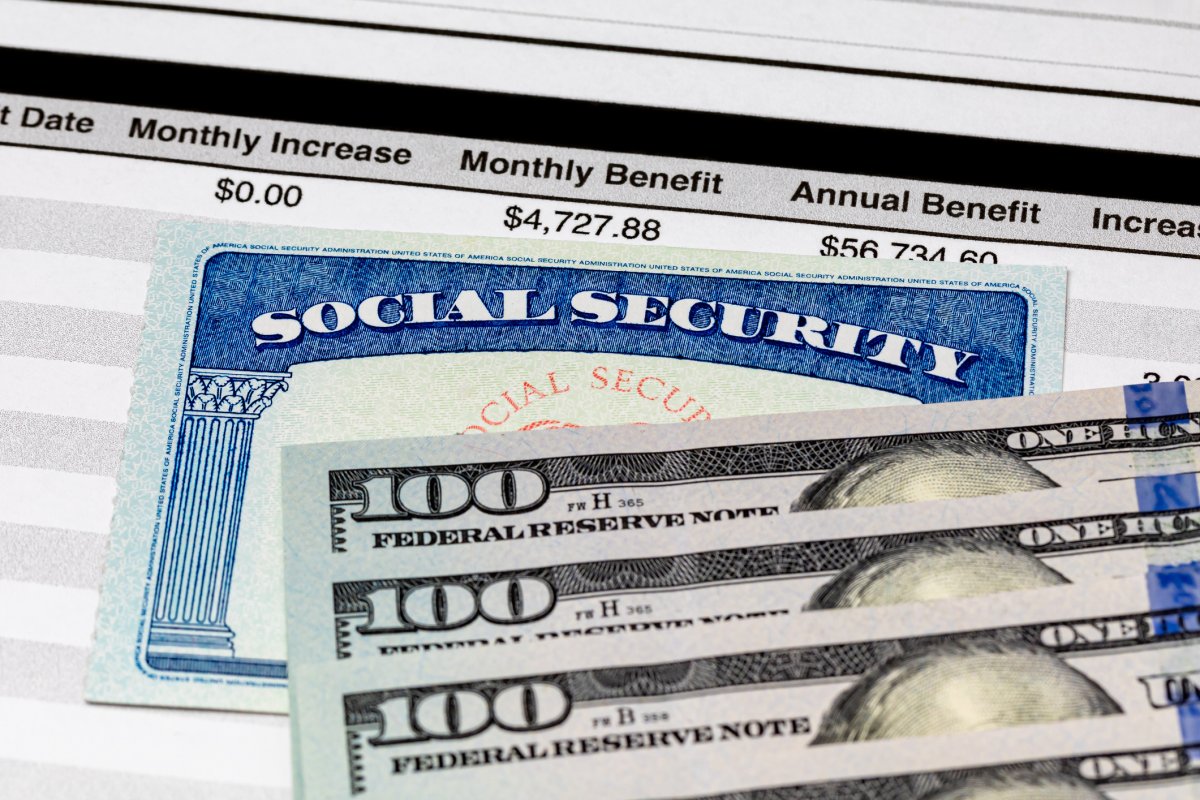Retirees aged 70 will receive payments of up to $5,108 on January 8, 2025. This payday will apply to all seniors who are not on SSI, have birthdays between the 1st and 10th of the month, and begin receiving Social Security after May 1997.
If you want to get the largest Social Security payment of $5,108 in 2025, you must meet a few key requirements. The biggest one is filing at age 70. While this will give you a higher payment, it also means working a few more years. However, the extra payments can be a big reward for those who can manage it.
How to Get the Maximum Social Security Payment of $5,108
To receive the largest possible payment in 2025, you need to meet these requirements:
- File for Social Security at age 70 – You will receive a 24% increase in your monthly payment if you wait until you are 70.
- Earn Payroll Taxes for 35 Years – You must have earned the taxable maximum amount for at least 35 years to be eligible for the largest benefits.
- Work in Jobs Covered by SSA – The jobs you work in must be covered by the Social Security Administration (SSA).
In 2024, the taxable maximum was $168,600, and this has increased to $176,100 in 2025.
If you have not worked for 35 years in SSA-covered jobs, you may not be eligible for the highest benefit payment. This means that meeting the SSA’s requirements will be difficult, but it is possible if you meet these conditions.
Other Possible Payment Dates After January 8, 2025
If you do not qualify for the largest payment on January 8, you may be eligible to receive other payments later in January 2025. These dates will be for those who meet different requirements or have birthdays outside the 1st to 10th window.
What Happens If You File Before 70?
You can file for Social Security before you reach 70, but this will reduce your monthly payment. For example, if you qualify but file at 62, your highest benefit will be $2,831, much lower than the $5,108 you could receive if you wait until age 70.
Filing at your Full Retirement Age (FRA) will result in a better payment compared to filing earlier. At FRA, you can receive 100% of your benefits. However, the maximum payment will still be lower than if you file at 70. Seniors who file at FRA will get a maximum payment of up to $4,018. This is about $1,090 less than the largest benefit available in 2025.
What Are the Benefits of Delaying Social Security Until Age 70?
While waiting until age 70 might feel like a long time, there are some big advantages to delaying your benefits:
- Increased Survivor Benefits – If you’re married, delaying your benefits can increase the survivor benefits for your spouse. This means they will receive a higher monthly check if you pass away first.
- Longevity Protection – By waiting until age 70, you lock in a larger monthly benefit for the rest of your life. This is especially important if you’re concerned about running out of savings in your later years.
- Higher Cost-of-Living Adjustments (COLAs) – Social Security payments are adjusted for inflation each year through COLAs. When you delay your benefit, the adjustment is based on a higher base amount, which means you may see larger future increases.
- Tax Advantages – Delaying Social Security can help you manage withdrawals from other retirement accounts, like IRAs or 401(k)s. By keeping your taxable income lower in your 60s, you might pay less in taxes over your lifetime.
- More Flexibility with Other Retirement Distributions – Waiting until 70 to draw Social Security can also give you more flexibility in how you use other retirement funds. It may be easier to draw from taxable accounts or convert funds to Roth accounts, improving your long-term tax and estate planning.
How to Plan for a Comfortable Retirement
The choice to wait until 70 or to file earlier depends on your situation. Working a few more years and waiting to file can offer a much bigger payout. If you’ve been planning your retirement and are able to work longer, this strategy could be a great way to maximize your benefits.
Before making any decisions, it’s important to consult with a financial advisor who can help you navigate the best options based on your goals and current financial situation.
Note: Every piece of content is rigorously reviewed by our team of experienced writers and editors to ensure its accuracy. Our writers use credible sources and adhere to strict fact-checking protocols to verify all claims and data before publication. If an error is identified, we promptly correct it and strive for transparency in all updates.
Premlata is a seasoned finance writer with a keen eye for unraveling complex global financial systems. From government benefits to energy rebates and recruitment trends, she empowers readers with actionable insights and clarity. When she’s not crafting impactful articles, you can find her sharing her expertise on LinkedIn or connecting via email at biswaspremlata@gmail.com.








